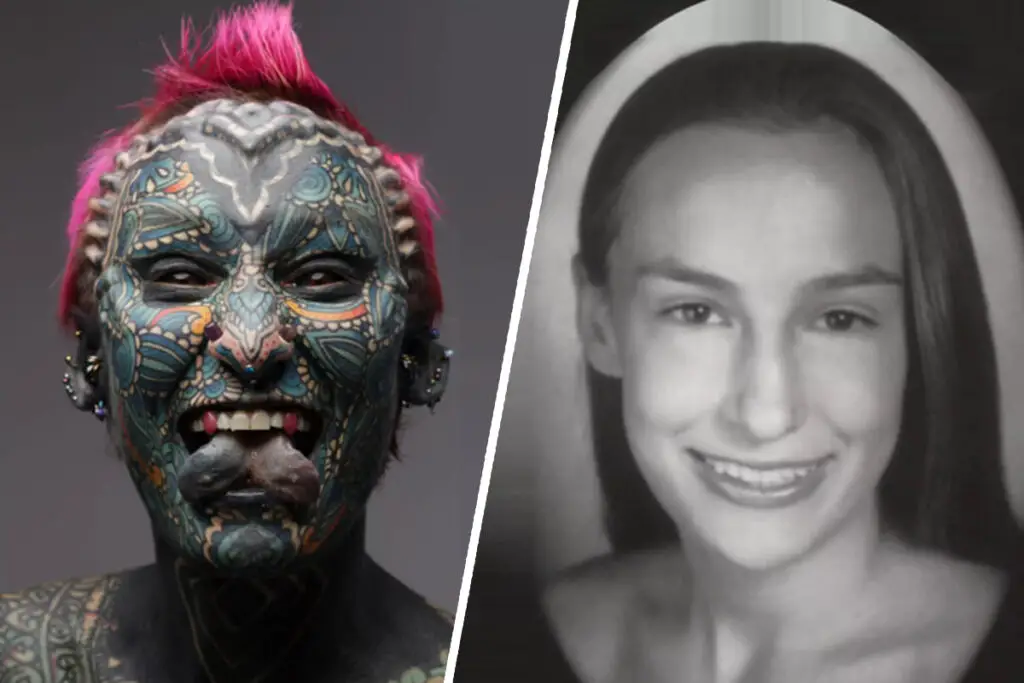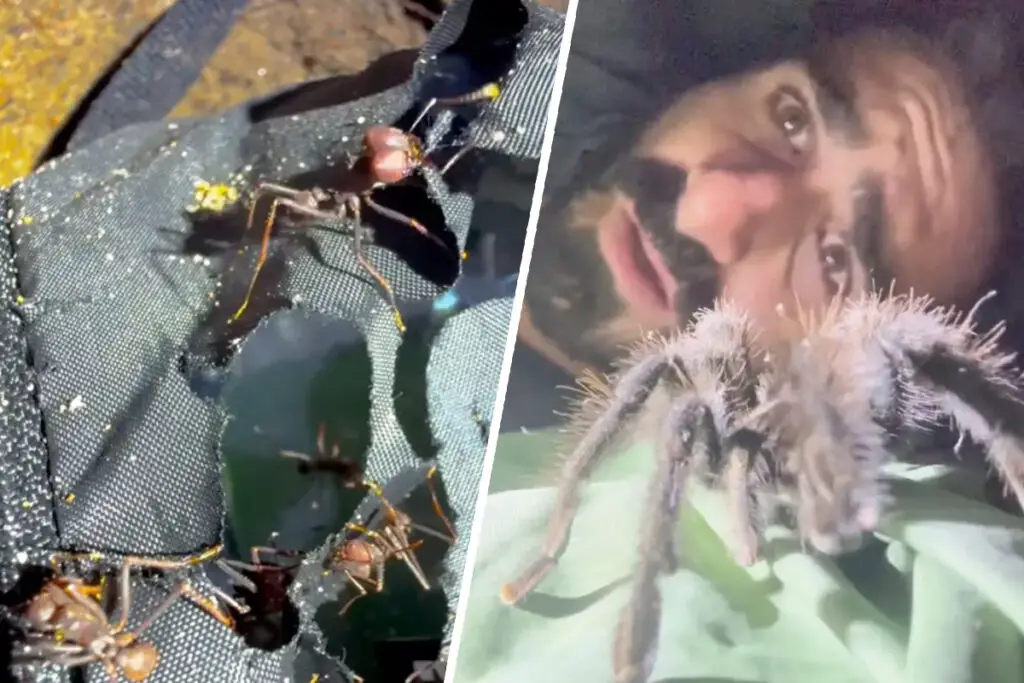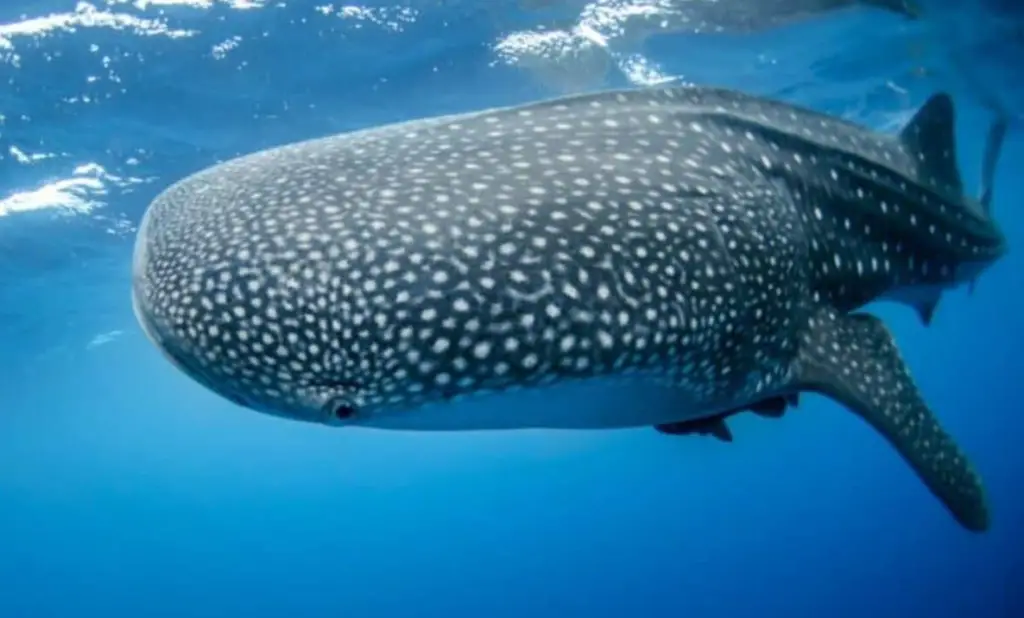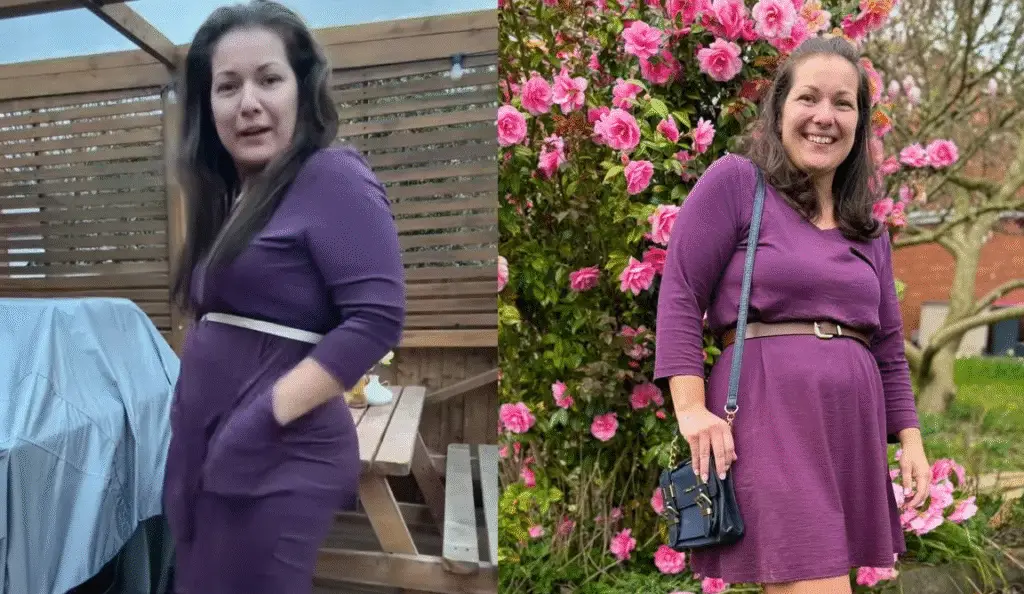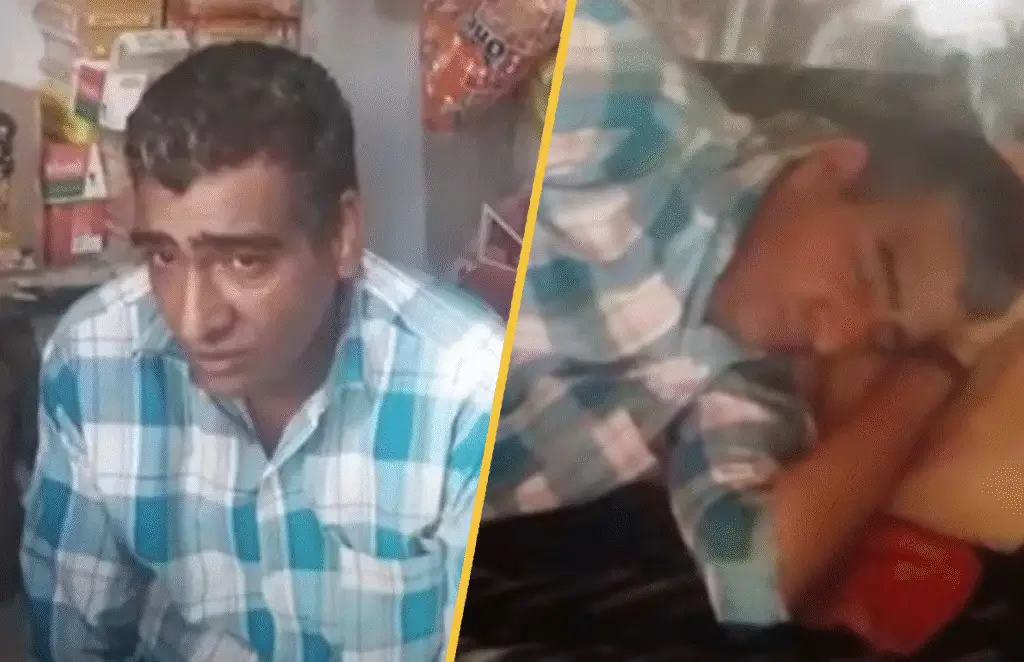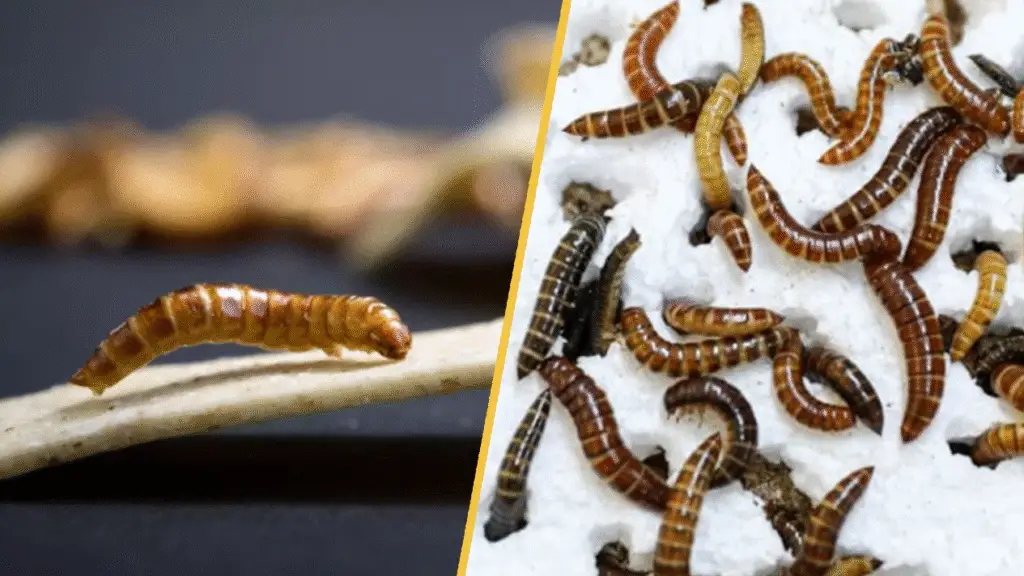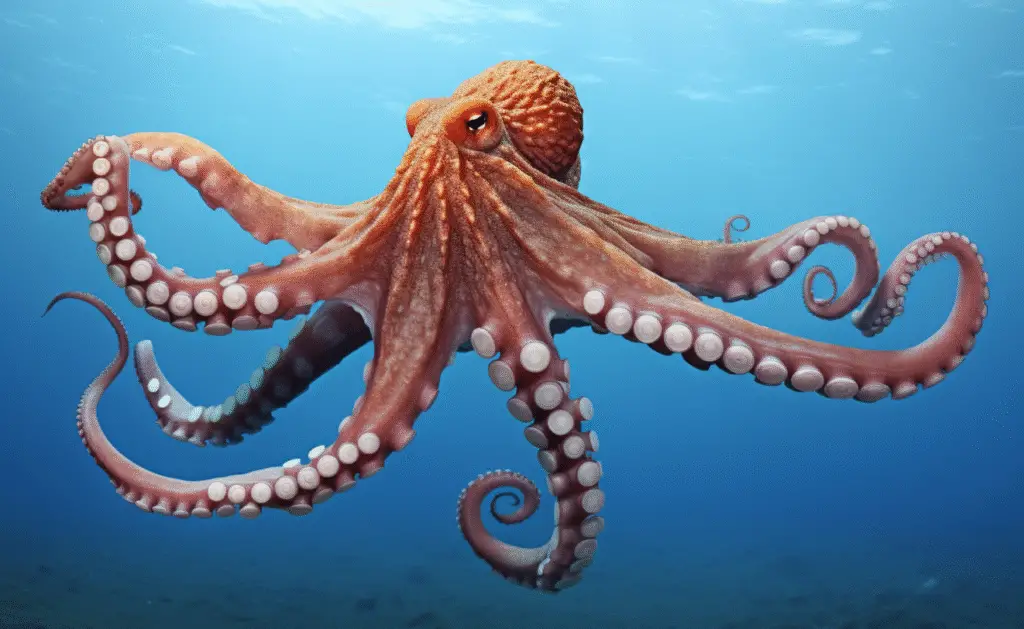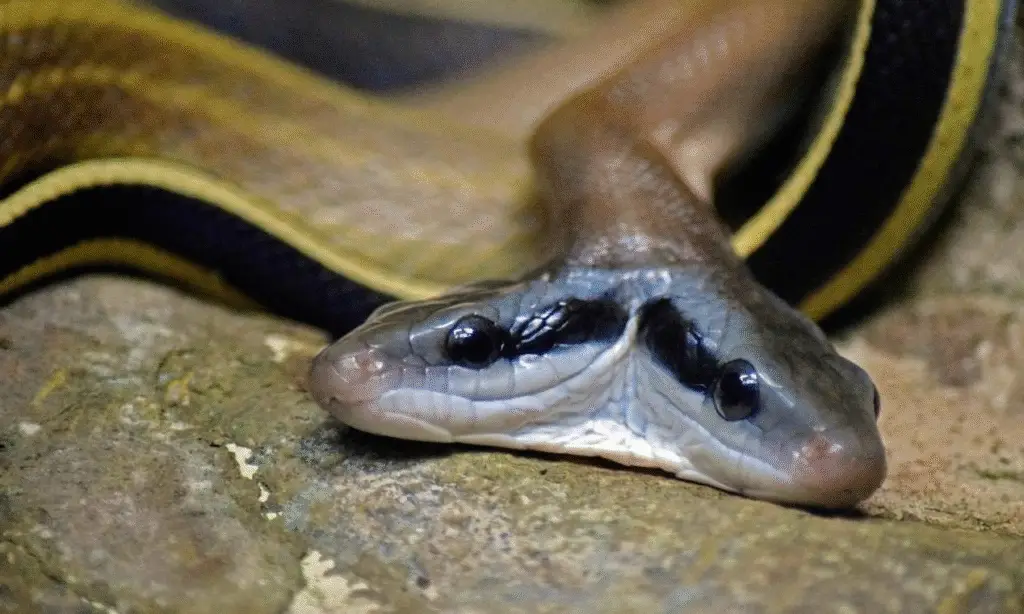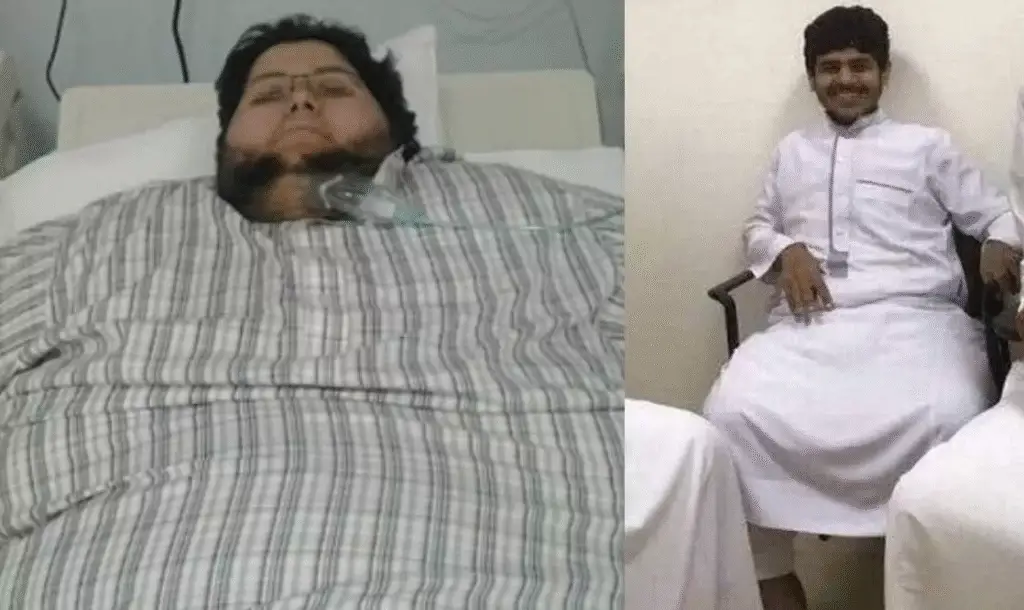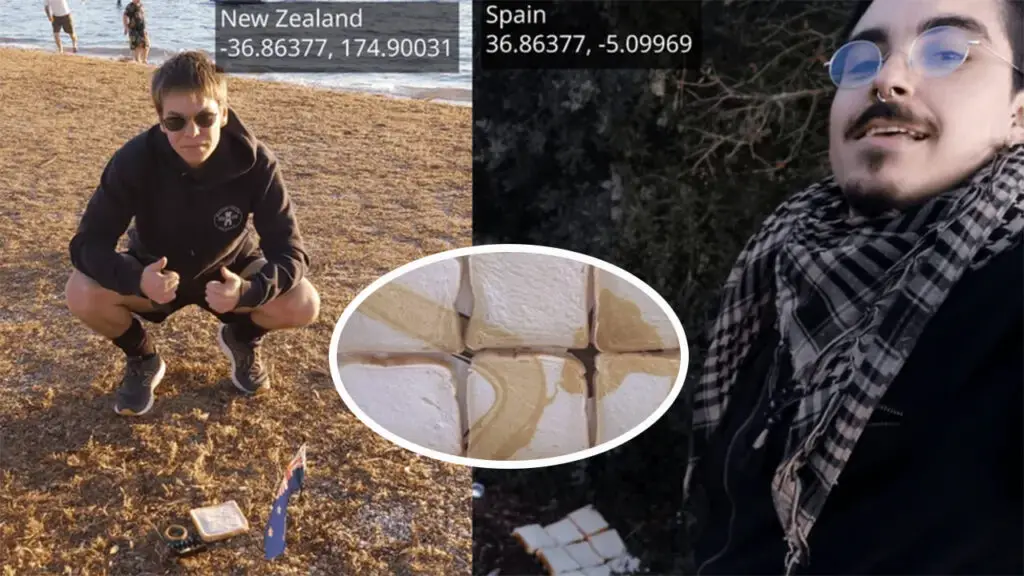Evolutionary Mystery: Why Do Single-Celled Organisms Commit Self-Destruction?

Picture this: a single-celled organism, like a tiny green alga, decides to end its own life.
But it’s not a chaotic, messy death—it’s a neat, orderly process called programmed cell death.
When these cells shut down, they leave behind nutrient-rich gifts for their neighbors, almost like passing on a care package.
This selfless act helps other cells survive, suggesting a surprising level of cooperation among these microscopic beings.
It’s mind-blowing to think that even the simplest forms of life might have a sense of community, challenging everything we thought we knew about evolution.
In multicellular organisms like humans, programmed cell death, or apoptosis, is a familiar process.
It’s how our bodies get rid of damaged or unnecessary cells to stay healthy.
For example, our skin cells constantly die and flake off, preventing potential issues like cancerous mutations from taking hold.
As Armin Rashidi, a theoretical evolutionary biologist at the University of Arizona, explains, “It’s quite reasonable that the organism sacrifices some of its cells for the benefit of the whole group.”
But for single-celled organisms, where the entire organism is just one cell, this self-sacrifice is puzzling. Why would a cell choose to die when it means the end of its existence?
The Evolutionary Puzzle: Why Sacrifice Self for Others?
At first glance, this behavior seems to go against the rules of evolution.
Natural selection is supposed to favor traits that help an individual survive and reproduce, not ones that lead to its own demise.
So why would a single-celled organism kill itself? The answer lies in how these organisms reproduce.
Many single-celled organisms, like bacteria, yeast, fungi, and algae, reproduce asexually, creating offspring that are genetic clones.
This means that when a cell sacrifices itself, it’s not helping a stranger—it’s helping its genetic family, like a mother or sister with identical DNA.
“It’s the genes that matter, not the organism,” says Rashidi. By dying in a controlled way, these cells ensure their genetic lineage continues, like leaving an inheritance for their clones.
This idea makes sense logically, but it needed solid evidence.
As Pierre Durand, an evolutionary biologist at the University of the Witwatersrand in Johannesburg, South Africa, points out, “There was no laboratory evidence to support it…and that was a big drawback.”
That’s where a groundbreaking study came in, providing concrete data to back up this evolutionary puzzle.
Experimental Evidence: The Green Algae Study
In 2011, a team of researchers published a study in The American Naturalist (Dying Generously) that shed light on this phenomenon.
They used Chlamydomonas reinhardtii, a type of green algae, to investigate how different types of cell death affect neighboring populations.
The team, led by Durand and including Rashidi and Richard Michod from the University of Arizona, divided the algae into two groups.
One group was killed abruptly using sonic waves, which ruptured their cell membranes and spilled toxic contents—think of it as a violent, messy death.
The other group was subjected to heat stress, not enough to kill them outright but enough to trigger their natural programmed cell death, where they shut down neatly, like the orderly shutdown of the HAL computer in 2001: A Space Odyssey.
The researchers then added the remains of each group to new, living algae populations.
The results were striking. The population that received the remains of the abruptly killed cells decreased in number, likely because the toxic contents, like freed enzymes and corrosive compounds, harmed the surrounding cells.
In contrast, the population that received the remains from programmed cell death actually grew larger than a control group.
This showed that the way a cell dies matters. As Michael Travisano, an evolutionary geneticist at the University of Minnesota who wasn’t involved in the study, notes, “Knowing that is important, and it wasn’t known before.”
The neatly packaged remains from programmed cell death provided resources that helped the population thrive, suggesting a form of cellular altruism.
This behavior isn’t unique to Chlamydomonas reinhardtii.
Other single-celled organisms, like Micrasterias denticulata, Chlorella saccharophila, and Dunaliella tertiolecta, also show apoptosis-like characteristics when stressed (Apoptosis-like cell death in unicellular photosynthetic organisms).
This suggests that the machinery for programmed cell death is ancient and conserved across different forms of life.
Debates in the Scientific Community
Not everyone agrees on why programmed cell death evolved in single-celled organisms.
Some scientists propose that it might have started as an accidental mutation.
Perhaps a random genetic change caused cells to die in this controlled way, and because it was tied to another beneficial trait, it wasn’t eliminated by natural selection.
Over time, this trait was co-opted because it helped the population survive. However, Richard Michod, an evolutionary biologist and coauthor of the study, isn’t convinced.
“I believe there’s a good reason that cells are killing themselves,” he says. “It’s so dramatic that it can’t be a mistake.
Life was all unicells for three billion years. They are very well adapted, well-tuned machines.”
This debate highlights the complexity of the issue.
A 2014 study in Biology Letters (Programmed death in a unicellular organism has species-specific fitness effects) found that programmed cell death in Chlamydomonas reinhardtii not only benefits its own species but can also inhibit the growth of other species, suggesting both cooperative and competitive roles.
This adds another layer to the argument, supporting the idea that programmed cell death is an adaptive trait with specific fitness benefits.
Link to Multicellularity: A Stepping Stone?
Michod takes this idea further, suggesting that programmed cell death might be a key step in the evolution of multicellularity.
He envisions a scenario where a dense population of single-celled organisms faces a threat, like extreme heat.
Some cells sacrifice themselves, leaving behind resources that help others survive.
Over time, this cooperation could lead to cells working together more closely, eventually forming multicellular organisms.
“Life is made up of quantum leaps in complexity,” Michod explains.
“From single cells to complex organisms, there’s a big gap. Programmed cell death could be the bridge that allowed cells to start working together as a unit.”
This hypothesis is speculative but intriguing.
A 2016 paper co-authored by Michod in Current Biology (Programmed Cell Death and Complexity in Microbial Systems) argues that programmed cell death increases biological complexity in microbial communities, supporting the idea that it played a role in the transition to multicellular life.
This could explain why we see such a big jump from single-celled organisms to complex plants and animals with little in between.
Ecological Significance and Broader Implications
Zooming out, programmed cell death isn’t just about individual cells—it has huge implications for ecosystems.
In phytoplankton, for example, this process helps regulate nutrient flow, affecting everything from algal blooms to carbon cycling in oceans (Programmed Cell Death in Unicellular Phytoplankton).
When phytoplankton die in a controlled way, they release organic matter that fuels aquatic food webs and influences biogeochemical cycles.
This can impact ocean health, fisheries, and even climate change.
Understanding how and why these cells die could help us manage water resources better and predict environmental changes.
It’s incredible to think that the death of a single cell can ripple through entire ecosystems.
Personal Reflections and the Bigger Picture
I find this research absolutely captivating. It’s like discovering that cooperation and altruism aren’t just human traits but are woven into the very fabric of life, right down to the cellular level.
The idea that a single-celled organism might sacrifice itself for the greater good makes me wonder if selflessness is a fundamental part of existence.
The possibility that this behavior helped spark the evolution of complex life forms, like plants, animals, and even us, is both humbling and exciting.
It reminds us that even the smallest, simplest things can teach us profound lessons about life, death, and everything in between.
As research continues, with new studies exploring how programmed cell death works across different species, we might uncover even deeper insights into the nature of life itself.
Study Details
| Aspect | Details |
|---|---|
| Study Focus | Programmed cell death in single-celled organisms, specifically green algae |
| Lead Researcher | Pierre Durand, University of the Witwatersrand, Johannesburg, South Africa |
| Coauthors | Armin Rashidi, Richard Michod, University of Arizona |
| Published In | The American Naturalist, 2011 |
| Experimental Method | – Group 1: Cells killed using sonic waves (rapid rupture of cell membranes) – Group 2: Cells subjected to heat stress, triggering programmed cell death |
| Results | – Sonic wave group: Population decreased – Heat stress group: Population increased compared to control |
| Implications | Suggests cooperation and altruism, costly to the individual but beneficial for species survival; potential link to multicellularity evolution |





